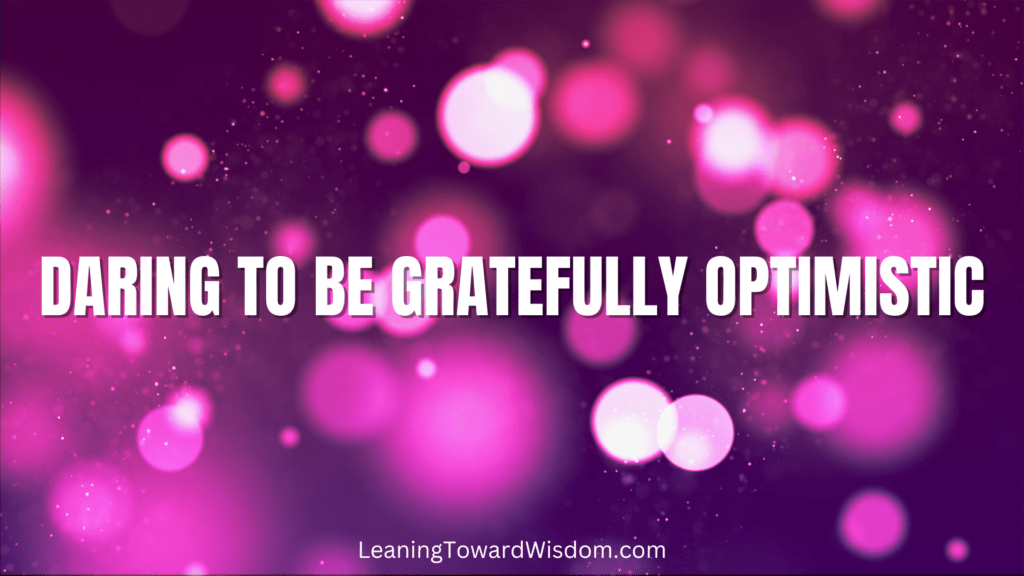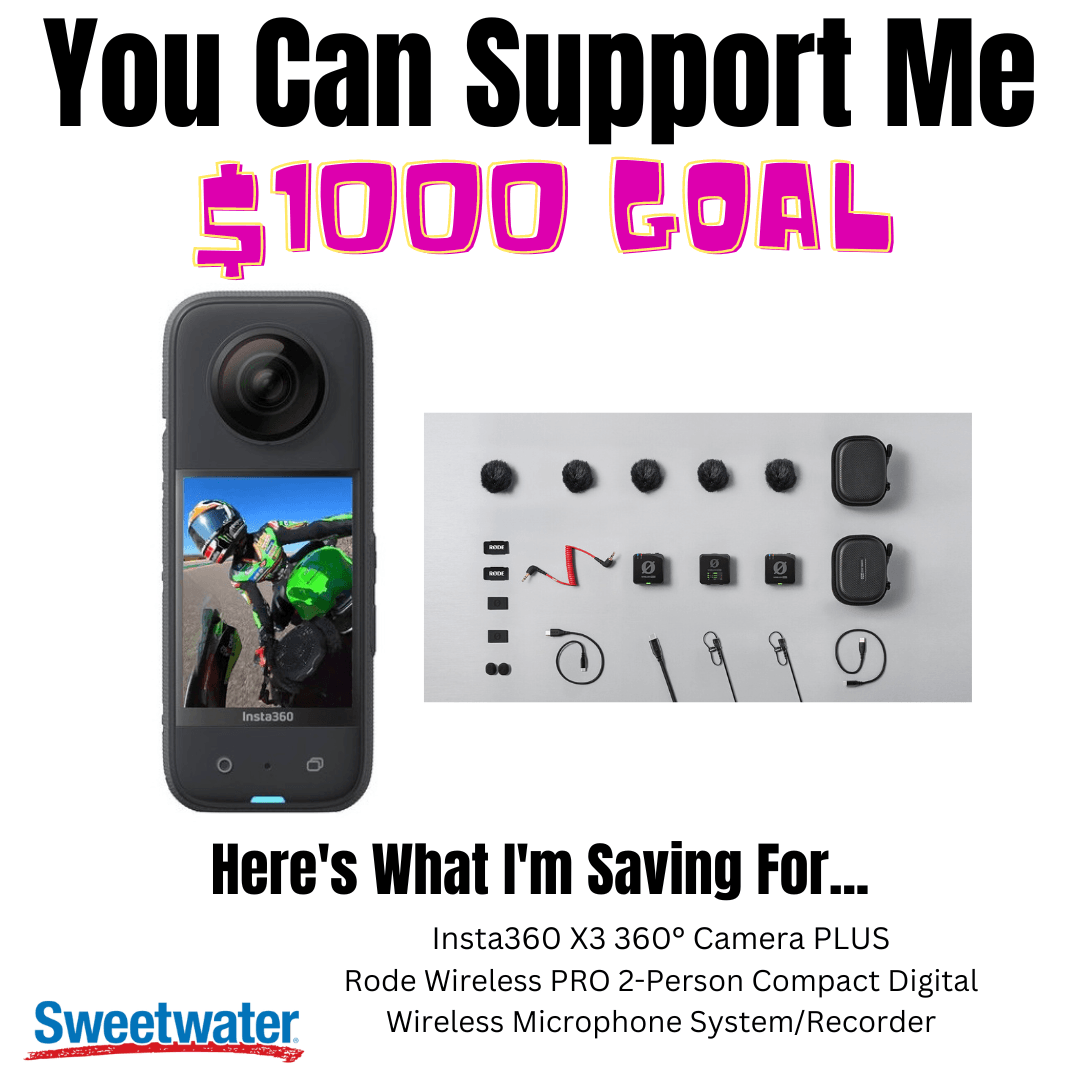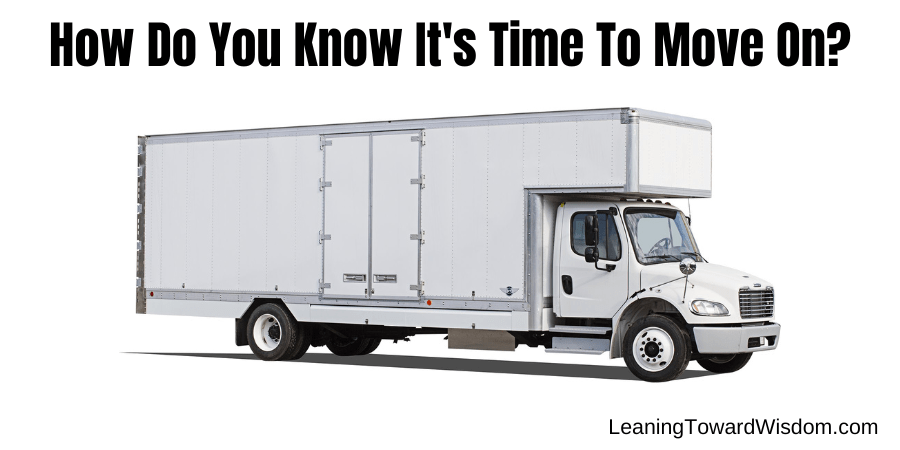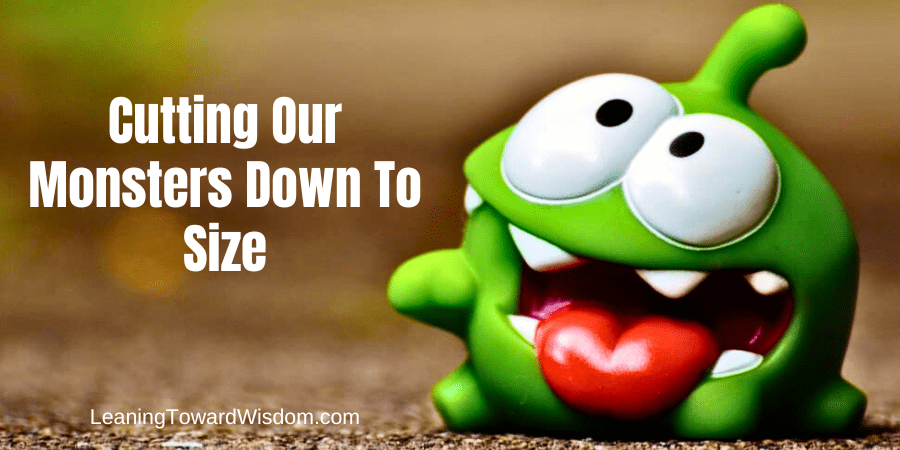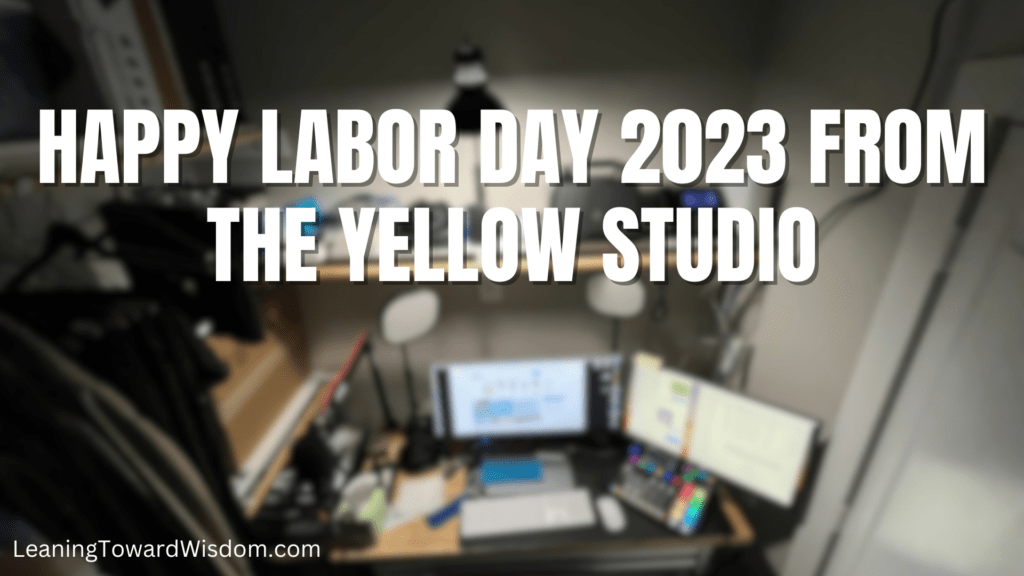Daring To Be Gratefully Optimistic
Podcast: Play in new window | Download (Duration: 35:55 — 32.9MB)
Subscribe: Apple Podcasts | Spotify | iHeartRadio | Email | RSS | More
“Thank you” is not just a complete sentence, but it’s a complete prayer. Not comprehensive, but complete.
Today’s special, unscheduled episode addresses the fear mongering, the pessimism, the mayhem, the poor (pathetic) behavior worldwide and why we ought to intentionally exercise gratitude, optimism and fight!
Something or somebody will have dominion over you. You get to decide. Sadly, many are allowing media, culture, government or opinions of others to rule their lives. Jerry Van Amerongen, my all-time favorite cartoonist, created this humorous approach to dominion. But it’s a serious matter, deciding whom you’ll serve.


Please tell a friend about the podcast!
• Join our private Facebook group
• Email me
Help Me Reach My $1,000 Goal
I plan to start vlogging from Hot Springs Village, Arkansas because the place is spectacular.
The scenery will make for a great backdrop. Plus, there are many places I’d like you to see.
To help, click the link (or the image below) to donate
Sweetwater Gift Certificates (use RandyCantrell [at] gmail [dot] com).
Thank you!
Daring To Be Gratefully Optimistic Read More »
